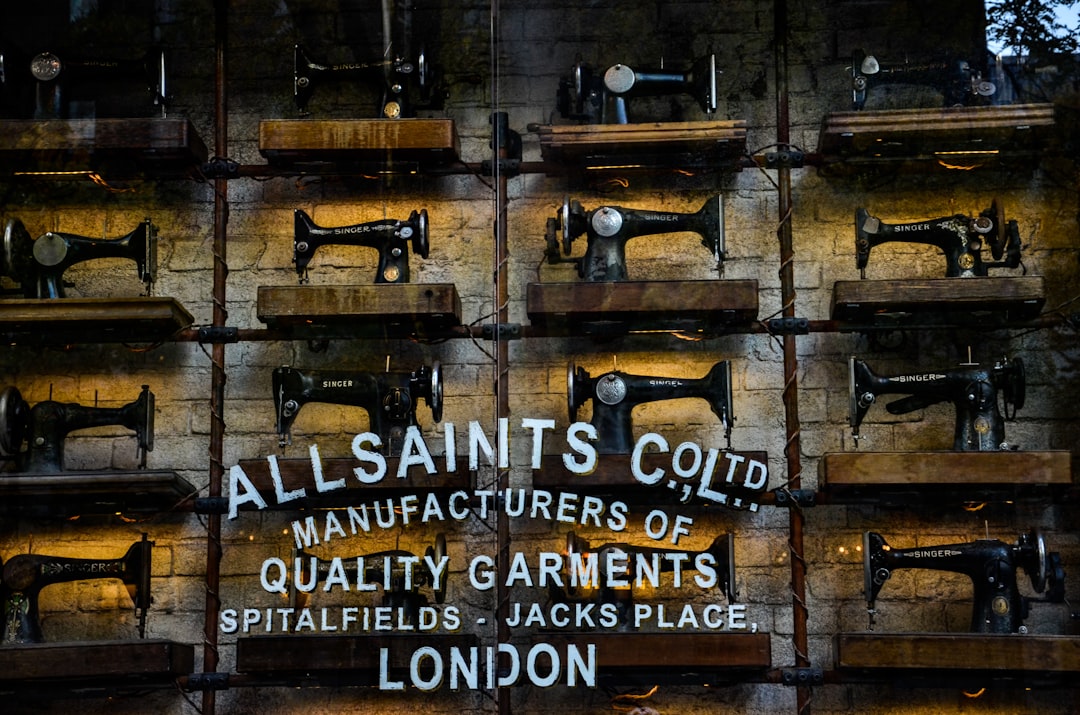Sewing Machinist Kaiwhakamahi Pūrere Tuitui
Sewing machinists stitch together clothing, canvas for tents and awnings, and soft furnishings.
Sewing machinists may do some or all of the following:
- set up their sewing machines and overlockers
- work on part or all of a product
- clean and maintain sewing machines
- program stitch patterns into a sewing machine
- operate thread-trimming and other non-sewing machines
- repair or alter items and do some hand-sewing
- discuss daily work requirements with supervisors.
Physical Requirements
Sewing machinists need to have good eyesight (with or without corrective lenses), normal colour vision, good hand-eye co-ordination and steady hands.
Useful Experience
Useful experience for sewing machinists includes:
- community or night courses in dressmaking
- dressmaking or tailoring
- work in a clothing factory or workroom.
Personal Qualities
Sewing machinists need to be:
- patient and good problem solvers
- able to concentrate for long periods
- quick and neat
- accurate, with an eye for detail
- able to follow instructions
- able to work well under pressure
- reliable, careful and safety-conscious.
Skills
Sewing machinists need to have good sewing skills and knowledge of:
- different sewing methods
- needle sizes and machine-threading techniques
- different types of sewing equipment and fabrics
- basic computing skills to program stitch patterns into sewing machines
- types of products they are sewing, and their construction
- practical skills for cleaning and maintaining sewing machines.
Sewing machinists in small businesses may also need to have clothing marking and cutting skills.
Conditions
Sewing machinists:
- usually work regular business hours, but may sometimes work overtime
- work in factories and workrooms
- work in conditions that can be noisy.
Subject Recommendations
A minimum of three years of secondary education is recommended. Useful subjects include digital technologies, maths and processing technologies.
Related Courses
Sewing Machinists can earn around $23-$25 per hour.
Pay for sewing machinists varies depending on experience and the type of work they do.
- New sewing machinists usually earn minimum wage.
- Sewing machinists with experience, and sample machinists (those who mock up designs to show designers and clients) can earn up to $25 an hour.
Some sewing machinists are also paid performance bonuses.
Sources: New Zealand Fashion Tech and Competenz, 2017.
With further training, sewing machinists may progress to become clothing markers, cutters, garment technicians, patternmakers or designers.
- Clothing designer job information
- Cutter job information
- Garment technician job information
- Patternmaker job information
Sewing machinists can specialise in a number of roles, including:
- Pleater
- Pleaters sew pleats and folds into fabrics.
- Sample Machinist
- Sample machinists sew sample pieces of clothing to show designers, garment technicians and buyers.
- Trimmer
- Trimmers apply decorations to clothing or upholstery, such as piping, ribbon and beads.
Sewing machinists may also specialise in items such as:
- clothing
- curtains and upholstery (coverings for vehicle seats and furniture such as sofas)
- leather goods
- canvas (tents, awnings).
Years Of Training
<1 year of training usually required.There are no specific entry requirements to become a sewing machinist. However, most employers prefer to hire people with qualifications.
You can become qualified by completing either of the following:
- A New Zealand Certificate in Fashion Technology (Level 3) through an apprenticeship with Competenz.
- A New Zealand Certificate in Fashion Technology (Level 3) or similar at a technical institute.
- Whitecliffe College of Art and Design - Certificate in Apparel and Fashion Technology
- Toi Ohomai website - information on garment construction pathways

 Lynfield College
Lynfield College